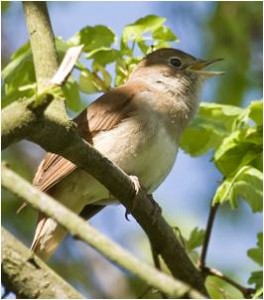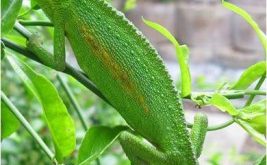
Name: nightingale
Scientific Name: Luscinia megarhynchos
Kingdom: Animalia
Taxonomy: birds (Aves)
Class: Passeniformes
Family: Muscicapidae
Description
The nightingale is a small bird with a length of 15-16.5 cm. Its wingspan reaches 25 cm. The upper surface of the body is bright brown, the lower surface is whitish and the tail is reddish-brown. Its colors are such that it can be easily camouflaged and protected from its enemies.
Habitat
It lives mainly in bushes and in dense and moist forests, hidden in branches and foliage.
Food
It feeds on insects and insect larvae, worms, small spiders and grapes.
Spreading
It is a migratory species. It is a summer visitor to our island, from late March to early September, as in other European countries with a temperate climate, from where it migrates to North Africa and Asia.
Reproduction
The mating season is around the end of April to mid-July and especially at night. Male singing is possible with a series of whistles, trills and murmurs. Non-mating males sing more often at night to attract females. After mating, they change the type of song they are using to reduce the whistles they used to attract females and stop singing at night until the female lays her eggs. The female lays 4-5 eggs in May with brown oil shell, which she incubates for two weeks.
Sources:
[1] Πουλιά της Κύπρου, του Λουκά Χριστοφόρου, AFIAP, 1998
[2] http://www.katakali.net/drupal/?q=odika/aidoni
[3] www.platres.org
[4] http://www.exoticbirds.gr/index.php?option=com_content&view=article&id=97
[5] http://aksioperierga.blogspot.com/2013/01/blog-post_12.html
[6] http://www.birdlifecyprus.org/
Image source:
www.wikipedia.org

 Κυπριακό Κέντρο Περιβαλλοντικής Έρευνας & Εκπαίδευσης – Κυκπεε
Κυπριακό Κέντρο Περιβαλλοντικής Έρευνας & Εκπαίδευσης – Κυκπεε



